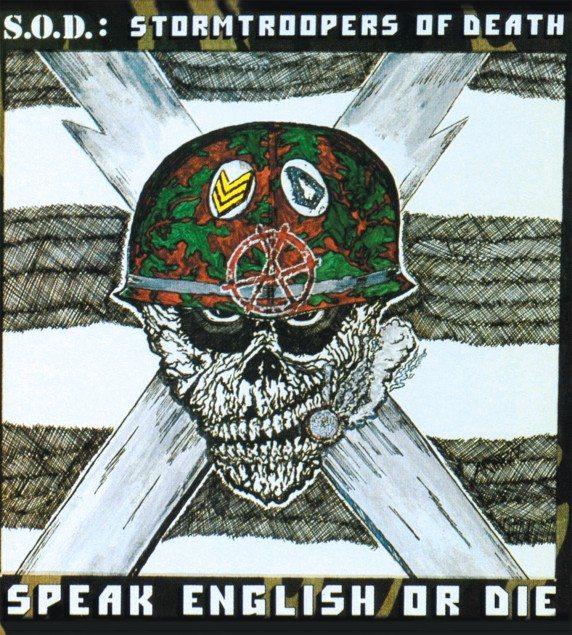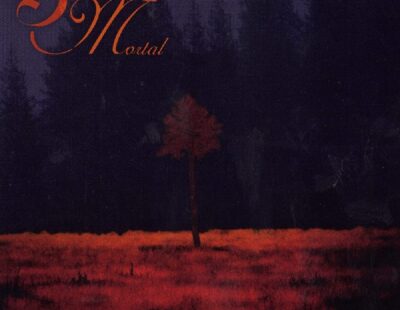
DB HOF NO. 53
The making of S.O.D.’s “Speak English or Die”
released: December 1985
label: Megaforce
—————————————————–
In 1985, the hardcore punk and metal scenes were like the pre-Civil Rights deep South: segregated. The two just didn’t mix. There were punk bands like D.R.I., Corrosion of Conformity, Suicidal Tendencies, Agnostic Front and even Black Flag, who were beginning to write more metallic music; and there’s no denying hardcore’s influence on the then-burgeoning West Coast thrash movement, but punks and metalheads were pretty much keeping to their own. But when the Stormtroopers of Death—a side project started by Anthrax guitarist Scott Ian and drummer Charlie Benante, along with former Anthrax bassist Danny Lilker and a then-unknown skinhead vocalist named Billy Milano—released their 21-song debut on Megaforce Records in December of 1985, it was the first step the metal world took toward bridging the chasm that separated the two camps.
This was by no means the first “crossover” record, as the band itself will attest. But it actually did more to further the cause, and bring about more integration of the two scenes. However, that didn’t just magically happen with the release of Speak English or Die. It took Anthrax’s signing to a major label and the release of that band’s breakthrough album, Spreading the Disease to boost S.O.D.’s profile to the point where their own debut eventually sold hundreds of thousands of copies to curious Anthrax fans. As a result, a mass audience got a taste of New York hardcore and learned how to “mosh.”
Granted, Speak English or Die was a very metal take on hardcore, complete with an Eddie-like cover mascot (“Sergeant D”) and hilariously over-the-top lyrics that caused a major flap with humorless punks who called the band fascists, but there was no denying that the two scenes—at least musically—had a lot in common. Punks started growing their hair out, headbangers were mixing it up in the pit—metal and hardcore bands were even starting play shows together—and the sharp division that separated the factions was quickly dissolving. Nearly 25 years later, those boundaries really don’t exist at all and integration is total, thanks in no small part to the groundwork laid by this genre-smashing album.
—Adem Tepedelen
To read the entire article, purchase this issue from our online store.




